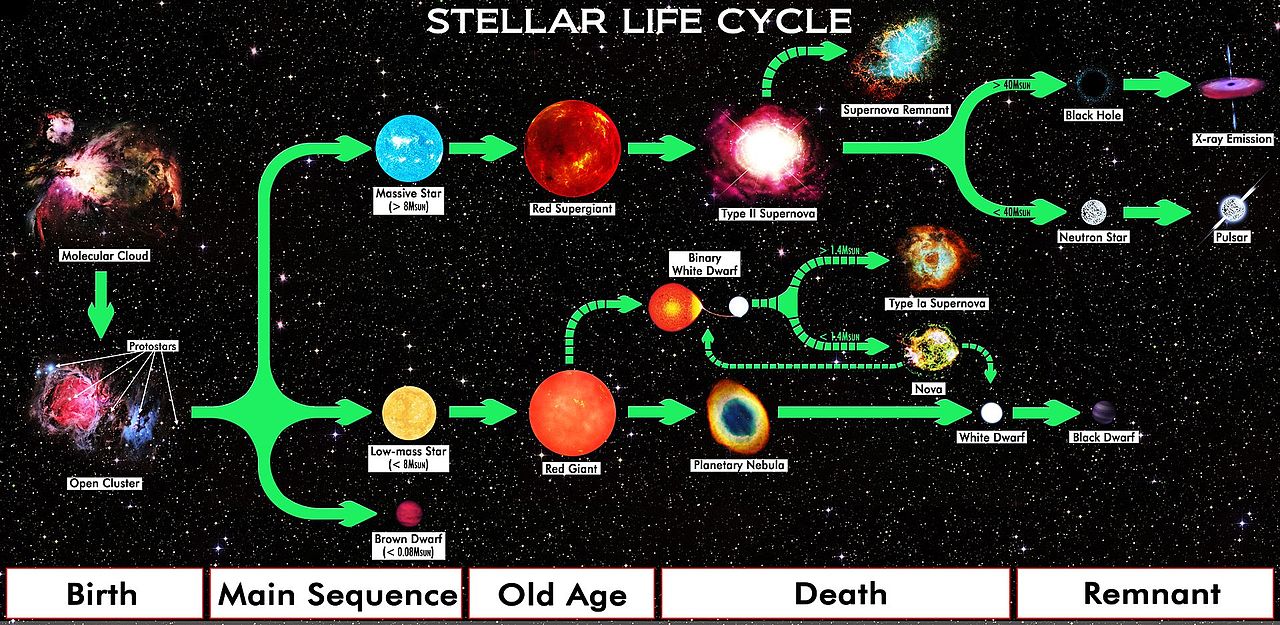Okay, very confusing question…
So, assuming you want to know how heavy only the “solid at room temperature” elements of the sun are, let’s try this.
The sun is 1.989 × 10^30 kilograms.
According to this: https://www.thoughtco.com/element-composition-of-sun-607581 we can see the % of total mass for each element.
- Element % of total atoms % of total mass
- Hydrogen 91.2 71.0
- Helium 8.7 27.1
- Oxygen 0.078 0.97
- Carbon 0.043 0.40
- Nitrogen 0.0088 0.096
- Silicon 0.0045 0.099
- Magnesium 0.0038 0.076
- Neon 0.0035 0.058
- Iron 0.030 0.014
- Sulfur 0.015 0.040
Doing the math and removing the “gas at room temperature” elements… the total mass would be:
1.7901 * 10^28 kilograms
Note: Pretty sure I’ve messed something up here in the calculations but the mass is so ridiculously heavy that I don’t think it really matters.
Seems like you answered the question, OP comments at the bottom and thinks it might be picked up by hand in terms of weight.
Not many rocks don’t have some oxygen atoms in them, so I chose to include all the astronomical “metals” in my estimate. Interesting to see how little difference it makes.
Well it’s not wet, but if you stopped the reactions, the sheer force of gravity of the upper layers on the inner layers would start them again. Not that that has any effect on its mass. (I mean it does, because the nuclear reactions convert mass to energy, but that’s a very long process.)
Asking weight doesn’t really make sense, because weight is a product of gravity. The sun has a mass of 1.9891x10^30 kg, and at 1g that’s 4.384x1030 lb, at least according to the Google result summary I copy-pasted from.
How much would the earth weigh if it was sitting on the frozen surface of the switched off Sun?
The Earth’s weight is 1.317×10^25 lbs. Gravity on the “surface” of the sun is about 28 times Earth’s, so if the Earth was a point mass (it isn’t) on the surface of the sun (there isn’t one, it’s a soup of plasma 250 mi deep) the Earth would weigh 3.687×10^26 lbs.
Of course that couldn’t happen anyway because part of the reason the sun is the volume it is, is because of the nuclear reactions blowing it apart. If you stopped the sun, it would collapse (and that crushing energy would restart the reactions).
Also the earth isn’t a point mass, so the point where the Earth and Sun are touching would experience more gravity than the point on the opposite side of the earth.
I’m sure it would be the same as it currently does.
Weight depends on location. For example, you would weigh less on the moon.
So if I was on a less gravity planet it would be easy to pick up?
Weight is determined by gravity, which is determined by the mass of the objects.
Regardless of gravity, objects still retain their mass, so you wouldn’t be able to move anything that massive.
Moving an object requires force, the amount of force required is related to the object’s mass and current velocity (momentum). Even sitting still you’d have to accelerate the mass from zero.
I forget the acceleration formulas, physics was a few decades ago. F=M*A?
Yes, that’s right. So the force required to accelerate an extremely massive object is very high.
But, if you only want to accelerate it a little tiny bit, you only need a little tiny bit of force. So all other things being equal, you could push on the sun and maybe after some days, weeks, months, or years, you’d start to notice that it moved a little bit.
It would have to be near zero gravity, and you would have to have something even bigger to brace yourself against, and you would only be moving it an infinitesimally small amount at a time, but yes it would be possible.
That’s ignoring a very long list of things that would kill you before you even got to try, anyway.
Actually there’s this thing called a black dwarf. Its when a star gets really old, it can turn into a white dwarf. If this happens then 100 zillion years later, the white dwarf star eventually uses up all its energy and turns into a cold dark mass. It takes so long to for this to happen that scientists believe there to be no black dwarfs in the universe.

The sun is just mostly gas. Do you mean how much it would weigh, if only solid mass was left?
Yes if the sun was put into rock form how much would it weigh and would it be able to be picked up?
I don’t think you understand the size difference between the Sun and anything human relatable. Its circumference is more than a hundred times the distance around the Earth (which itself is a difficult thing to comprehend), and that’s just distance, not volume. A typical sunspot is about the size of our planet or larger.
The sun isn’t wet. It’s not going to dry out.
Strictly speaking asking the weight of an astronomical body is nonsensical. Weight is a measure of force and only has meaning in relation to mass and acceleration (in this case due to gravity). The sun has a mass of 1,988,400×10^24kg.
As to the question about turning it into a rock, let me put it to you this way, “Which weighs more, a pound of rocks or a pound of feathers?”
Or think of it this way. I weigh about 200 pounds on the earth (pounds being a unit of force, not mass). That’s the force holding me down on the planet. That’s also how much the Earth weighs on me. My mass, about 91 kg, is the same on earth, the moon, outer space, the surface of the sun, etc. My weight however, depends entirely on whatever massive gravity well I happen to be standing on.
Don’t ask “What is mass?”, there be dragons. You’ll either get trite over simplified to the point of being meaningless answers (like the reply below), you’ll just barely start to understand that learn more about the world around us leads to more questions than answers. That’s kind of the whole point though.
Mass is a measure of how much matter there is in something. That’s all.
Most of the sun is hydrogen and helium, which is not the kind of stuff that rocks are made of. Wikipedia says that 0.0122 of it is heavier elements, which might more often be found in rocks, so if we imagine it’d be possible to make one big rock out of all that somehow, its mass would be 1.2% that of the sun = 2.4 * 10^28 kg, or 4000 times more than Earth.





